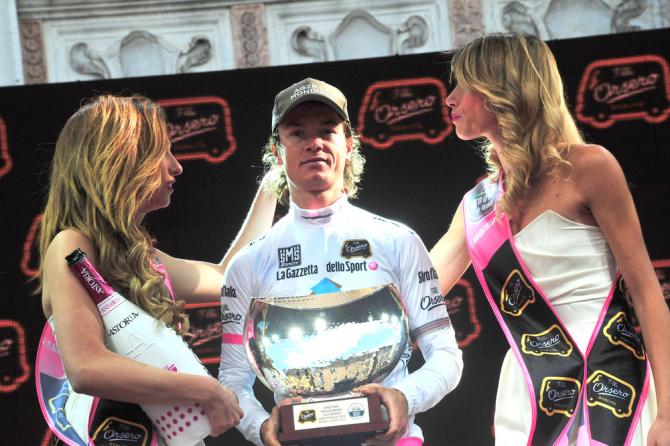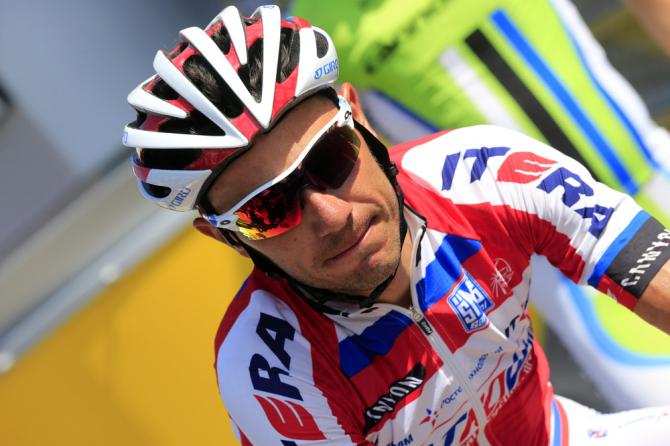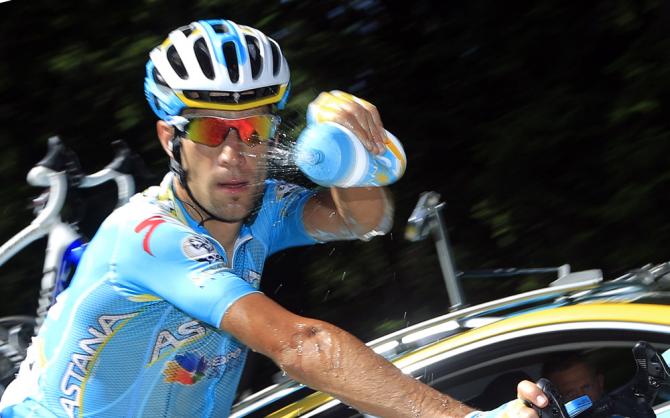Vuelta’s first summit finish set to split the field apart on stage two
Tough first segment leads to long, draggy ascent to top



Following Saturday’s opening team time trial, Sunday’s first full road stage of the Vuelta a España kicks off with what is quite possibly the earliest ever appearance of a full-strength mountain top finish in a Grand Tour – and following the dramatic events of Saturday’s team time trial, the 11 kilometre Alto de Monte da Groba will surely see a second major sort-out in the race.
Located on the southern edge of Galicia, close to Portugal, the Alto de Monte da Groba has never been tackled before in the Vuelta. And for its debut, riders will approach it along a winding, very exposed coast road, which in turn means the peloton could have split apart before reaching the climb. And the flattish, well-surfaced and broad roads prior to a sharp right-hand turn leading onto the first slopes of the Groba make it likely they will approach the day’s big challenge at high speed with a ferocious fight to be close to the front.
The average gradient of the Groba, essentially a huge headland facing the Atlantic and rearing up over the coastal town of Baiona, is a comparatively low 5.6% and the whole climb is on smooth, recently tarmacked roads.
That’s the ‘good news’. However, its steepest segments are at the foot of the climb, most notably after a couple of kilometres where a daunting 15 percent ‘ramp’ around 300 metres long takes the race away from the outer suburbs of Baiona high above the city and into an area of dense eucalyptus and fir woods. What is usually already a difficult change of pace in a stage racing from flatlands to climbing, then, will be particularly painful for the riders in this case – and more liable, therefore, to see at least some big names go backwards.
The first real break in the series of steeply rising ‘steps’ comes after five kilometres, as the road passes – appropriately enough for a rest in the action – a cafeteria and a large, roughly tarmacked car park. It then eases into a gentler, but steady grind towards the summit, with broad bends and a slightly flatter segment with three kilometres to go. The views of the Atlantic coastline below through the trees are spectacular, but there is little else to see – no villages, not even a lone house or farm: in winter this road must be a very lonely place.
Around one kilometre to go, at a viewpoint known as O Cortellino, the road begins to kick up again towards the Groba summit, 630 metres above sea level, but only to around eight percent. Not as hard as the early part, but bearing in mind that it comes at the end of a tough climb, and given that there is nothing to provide shelter at the finish area from the strong coastal winds that tend to blast, day in and day out, over this climb’s upper slopes, the tougher gradient could see some gaps open up.
Given the mountain’s format (steep at first, flatter for most of the second half and then kicking up again) and with no classified climbs beforehand, Roman Kreuziger (Saxo-Tinkoff) told Cyclingnews it is likely that 15 or 20 riders will be together close to the top.
Get The Leadout Newsletter
The latest race content, interviews, features, reviews and expert buying guides, direct to your inbox!
However, it’s equally likely that one of the big favourites could use the steeper final slopes to gain a little extra time, not to mention a time bonus – 10, 6 and 4 seconds to the first three across the line – and send a clear message of strength to his rivals, right from the word go. After Astana’s strong team time trial on Saturday evening, there are a lot of riders out there with a point to prove, too.
Alasdair Fotheringham has been reporting on cycling since 1991. He has covered every Tour de France since 1992 bar one, as well as numerous other bike races of all shapes and sizes, ranging from the Olympic Games in 2008 to the now sadly defunct Subida a Urkiola hill climb in Spain. As well as working for Cyclingnews, he has also written for The Independent, The Guardian, ProCycling, The Express and Reuters.
